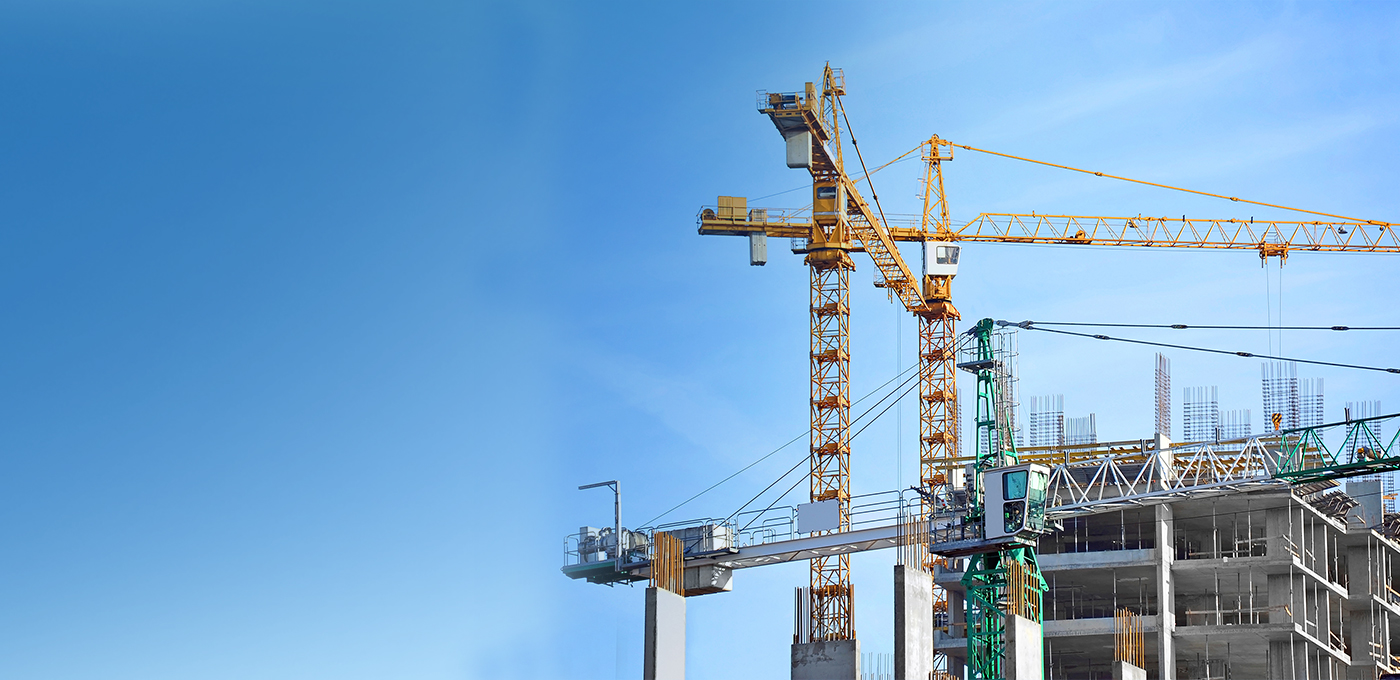The research arm of the Iranian Parliament has forecast a positive growth for the construction sector for the fiscal 2017-18 after a longstanding downturn took its toll on a sector deemed vital for the Iranian economy.
According to the analytical report by Majlis Research Center, the Iranian construction sector will register a positive growth for the first time in five years, as the housing sector was mired in recession, the government's construction spending had declined and so did investments in related sectors of the economy.
CBI data show that in the fiscal 2011-12, the construction sector had contracted by 3.2% with the following year proving much worse when the figure reached -9.3%.
While the fiscal 2013-14 fared relatively better at minus 0.9%, 2014-15 was the worst year for the construction sector in recent memory with the growth rate reaching its nadir at -17%.
According to data published by CBI, last year was not much better as the construction sector registered a -13.1% growth rate.
To better analyze the sector, the Majlis think-tank divides it into state-owned buildings and those belonging to the private sector.
It projects that considering the disappointing realization rate of government construction budgets in the current fiscal year which shows almost zero improvement compared to last year, government-induced growth will be at -10% this year, only bringing the sector down.
However, data shows that the number of issued private construction permits have increased for the first time since fiscal 2012-13, signaling a turn-around.
“Considering all the points above, the growth for the construction sector in the fiscal 2017-18 is projected to equal 2.5%,” MRC reported.
At the beginning of its report published on its website, the center points out that even though the Statistical Center of Iran and the Central Bank of Iran have used the Iranian fiscal year 2011-12 as the base year for the first time, their figures for the current year still vary.
CBI has taken another step toward upgrading its statistical approach and has started using the fiscal 2016-17 as its base year since past two months, but the numbers used for the MRC report have been calculated based on the 2011-12 base year.
Other Sectors
As the research entity notes, the central bank put last year’s GDP growth at 12.5% with non-oil sectors accounting only for 2.7% of that growth.
A comparison with the base year prices shows that among the four main groups of agriculture, oil, service and industries, only the industrial sector registered a negative added value in the previous year.
While agriculture, oil and services sectors registered the respective growth rates of 27%, 9% and 7% compared to five years ago respectively, the industrial sector shrank by about 63%.
A comparison of national income in the two years shows that Iran’s national income in the previous fiscal year was 80% of the national income achieved five years ago.
“It is projected that the growth in added value of agriculture, oil, industries and services sectors will be at 3.8%, 4.1%, 6% and 2.8% respectively in the current fiscal year [ending March 2018],” the parliamentary think-tank said.
In conclusion, Majlis Research Center makes its own projection of Iranian GDP growth in the current fiscal year, putting it at 3.7%--the same as its previous prediction.
That is while in its latest report on the Iranian economic growth for 2017, the International Monetary Fund and the World Bank have respectively predicted growth rates of 3.3% and 4% respectively.


